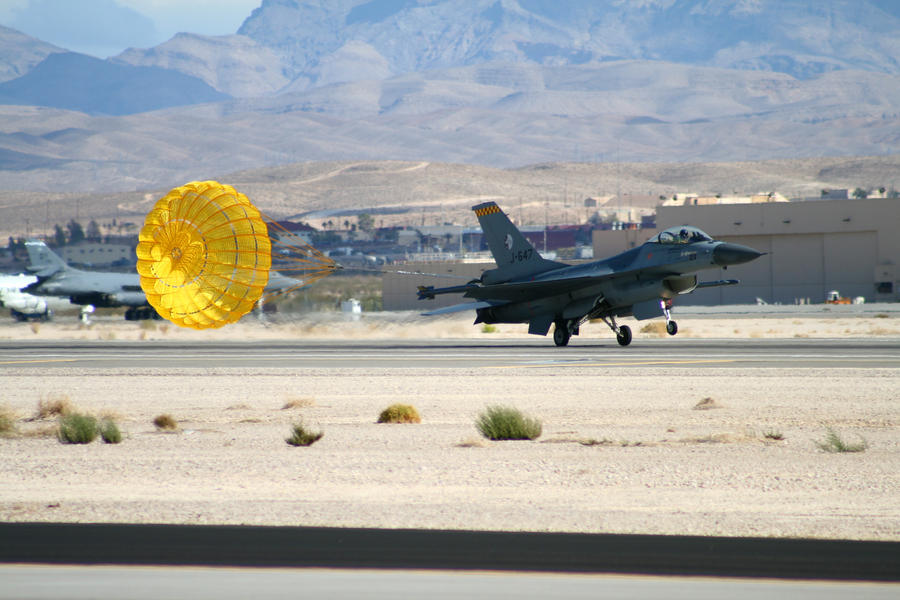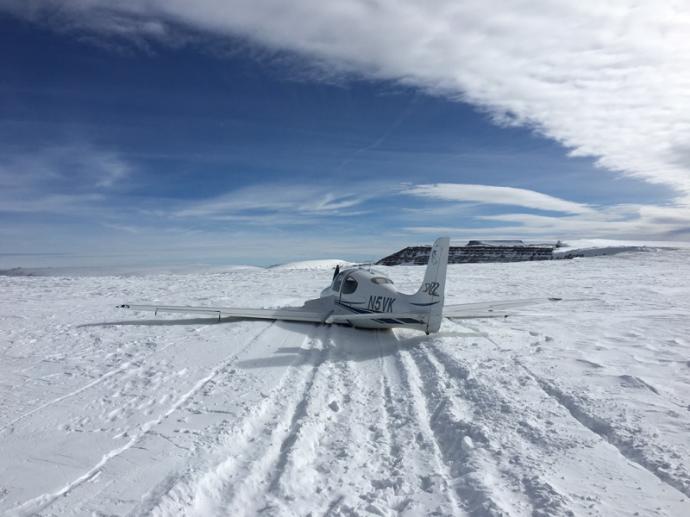Tarheelpilot
Final Approach
- Joined
- Dec 5, 2010
- Messages
- 7,385
- Location
- North Carolina once again.
- Display Name
Display name:
Tarheelpilot
You think that would work?Pull during the rollout! Like a dragchute!

You think that would work?Pull during the rollout! Like a dragchute!

I taxied a cirrus across a runway the other day after maintenance and almost pulled the red handle to see what would happen. Probably wouldn't have been a good idea.You think that would work?
this made me laugh. Bad idea for sureI taxied a cirrus across a runway the other day after maintenance and almost pulled the red handle to see what would happen. Probably wouldn't have been a good idea.

this made me laugh. Bad idea for sure
Yes. Tempting.But a very tempting one, non?

Smart pilot, landed out instead of pulling the red handle and also remembered to leave the gear up for a nice soft belly landing.
Which model is this? Haven't seen a retract Cirrus yet.

In all seriousness, glad they got out okay. IMHO, we could use more good news every day.
Looking at those tracks, I really wonder if it still has its gear, if the powder is deep which it actually might have been far less damage than it looks like
The Cirrus gear are designed to shear off during a CAPS landing, so I've got to believe they sheared right where they are intentionally weak.
So, if there is minimal wind and therefore minimal lateral velocity on landing after a CAPS pull, how does the gear shear off?
I always thought the gear was designed to help absorb and limit the vertical forces on touchdown after a pull, but not to actually separate from the airframe.

My understanding, though I admit it's limited, is that the gear splay outward on a CAPS touchdown, intentionally breaking along the way. It may not be a shear per se; I don't know the actual engineering involved. So, yeah, I may have been too quick to judge how they left. But I'm pretty convinced looking at that picture that they have left.
This is weird, but I'm going to agree with James....I once saw a plane that I thought had broken it's landing gear off, landing in sand. Turns out, the gear was just buried in the sand and completely fine. There still could be gear under there if it was powder snow.I can't see how it would have gear. There is no snow on the plane, which means it hasn't snowed since the accident when the picture was taken. Any trench the gear left would still be there.
The left gear is definitely gone...there's no track that is anywhere deep enough for it. The nose gear depression is deeper, but still doesn't seem deep enough. The right main could still be there...I can't tell how deep the depression is due to the angle. But...I doubt it. If it were still there, the plane would have yawed right, not left, when it stopped. (And probably long before that.) The Cirrus gear are designed to shear off during a CAPS landing, so I've got to believe they sheared right where they are intentionally weak.
Smart pilot, landed out instead of pulling the red handle and also remembered to leave the gear up for a nice soft belly landing.
Which model is this? Haven't seen a retract Cirrus yet.

In all seriousness, glad they got out okay. IMHO, we could use more good news every day.
Think it's likely they are shoved up into the wings and leaving those shallow marks in the snow? Look by the door, there's something sticking up on the top side of the wing. Maybe displaced wing surface due to gear.Landing gear looks gone to me. Depressions in the snow don't look deep enough or wide enough if the gear/tires were still attached.
Think it's likely they are shoved up into the wings and leaving those shallow marks in the snow? Look by the door, there's something sticking up on the top side of the wing. Maybe displaced wing surface due to gear.

Do they recover wreckage like that or leave it there?
